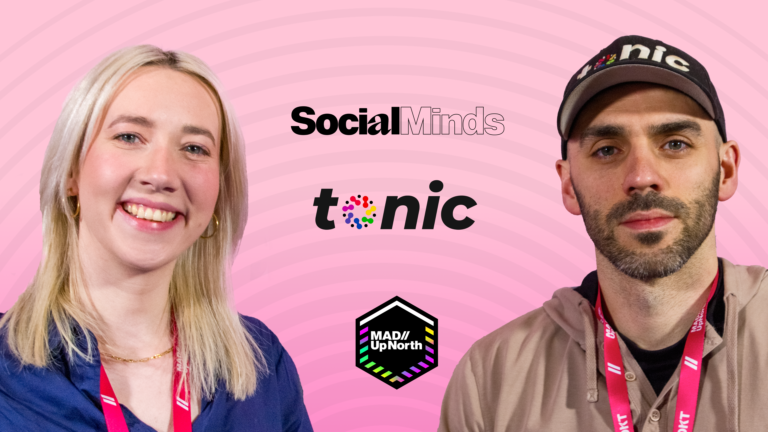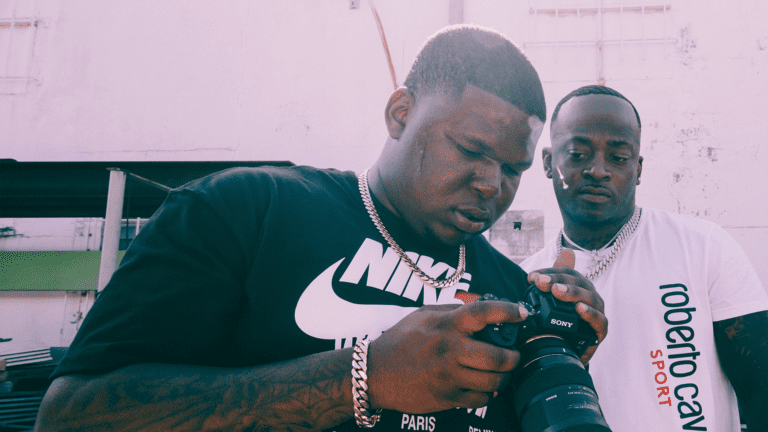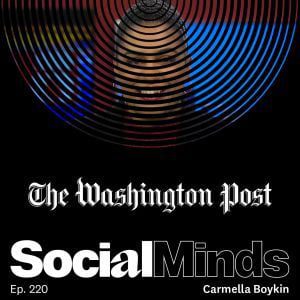New news: How The Washington Post is reimagining journalism on TikTok
For news outlets, the ever-changing media landscape has never been more apparent. With publishing giants Buzzfeed News and Vice struggling, and TikTok continuing to dominate for Gen Z, it seems we’re entering a new era.
Legacy outlet The Washington Post has made a name for itself carving out a new home for news publishers: TikTok. When most brands were figuring out what TikTok even was, the Post was embracing it with open arms. Four years later, it’s reaping the rewards with over 1.5 million followers and 78 million likes.
“It’s important for big news organisations to be on TikTok because that’s where young people are. You have to show them you know how to adapt and create things they want to see.”
To tell us how publishers can adapt to changing times, The Washington Post’s associate TikTok producer Carmella Boykin sat down with the hosts of the SocialMinds podcast.
The Washington Post joined TikTok in 2019, when TikTok was so new that you couldn’t even add text to your videos. Now, the Post is a blueprint of sorts for news publications: a lesson in adapting text-based media to a video-first platform with more idiosyncrasies than marketers can keep track of.
Hallmarks of a Washington Post TikTok include Carmella and her team taking on the personas of different people or groups depending on the story: Elon Musk, American government officials, and Air New Zealand have all had starring roles. Often, the team uses platform-native filters to flesh it out, and will pepper in trending audio.
TikTok exists to entertain, news exists to inform. Journalism’s ‘old guard’ might argue the two don’t mix- so how does Carmella strike the balance between that comedic edge and serious subject matter?
“It’s one of the most challenging parts of the job,” says Carmella. “It’ll never be appropriate to make light of serious news stories like Roe v. Wade. But other times, adding in characters and music are embellishments that hook people in.”
“The point of The Washington Post’s TikTok page isn’t to be the sole source of news, but a jumping-off point for younger viewers to engage with the wider brand and what it does.”
The Post isn’t just releasing videos into the void and hoping they’ll stick. It’s using TikTok to build a cohesive social strategy, funnelling video views into corresponding Washington Post stories by linking out to them on social. The point of The Washington Post’s TikTok page isn’t to be the sole source of news, but a jumping-off point for younger viewers to engage with the wider brand and what it does.
Zoom out to the big picture and this becomes a necessary consideration. According to both Reuters and Ofcom, TikTok is the fastest-growing news source, and less of us are tuning into the TV for their daily briefing.
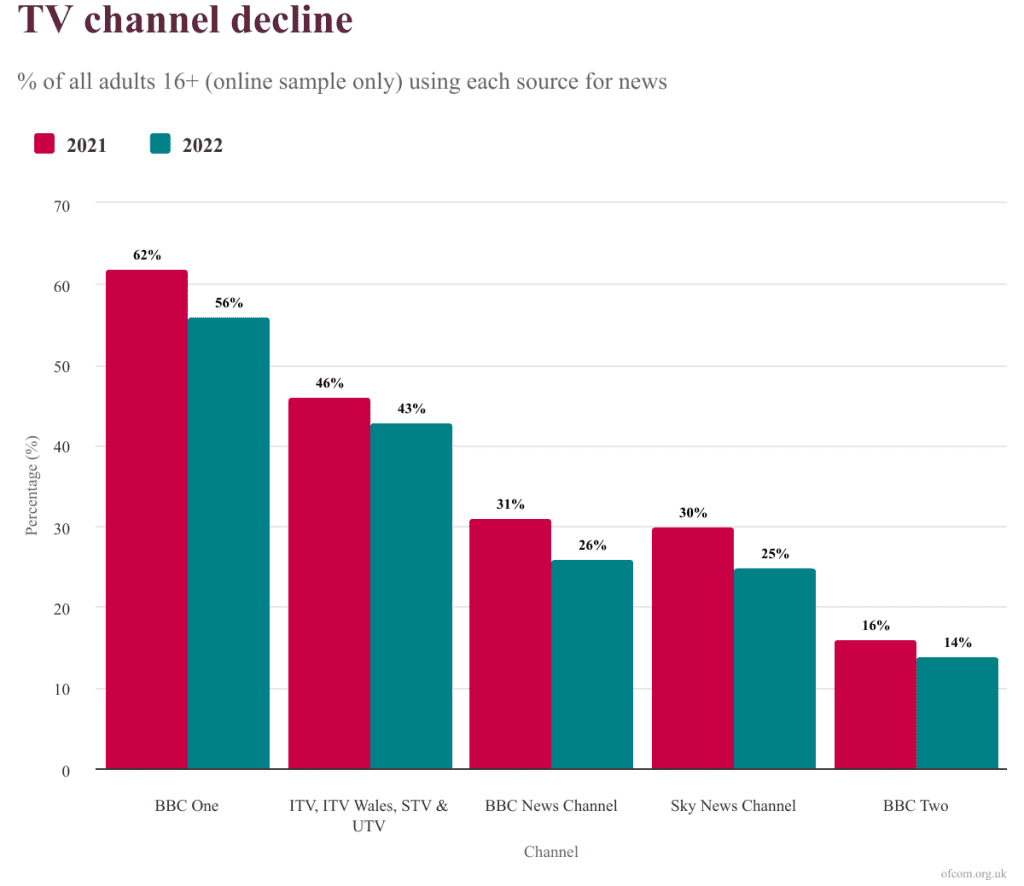
“It’s important for big news organisations to be on TikTok because that’s where young people are,” Camilla explains. “You have to show them you know how to adapt and create things they want to see.”
It’s the newest example of how media outlets have had to change with the times in order to survive. As podcasting flourished, publishers pivoted accordingly, resulting in audio journalism like The Guardian’s Today in Focus, The New York Times’ Modern Love, and of course The Washington Post’s The 7. Video-first platforms YouTube and Facebook are effectively extensions of TV news, keeping us informed on our commutes. And breaking news leaves us flocking to Twitter for real-time updates from on-the-ground reporters and ordinary people at the scene.
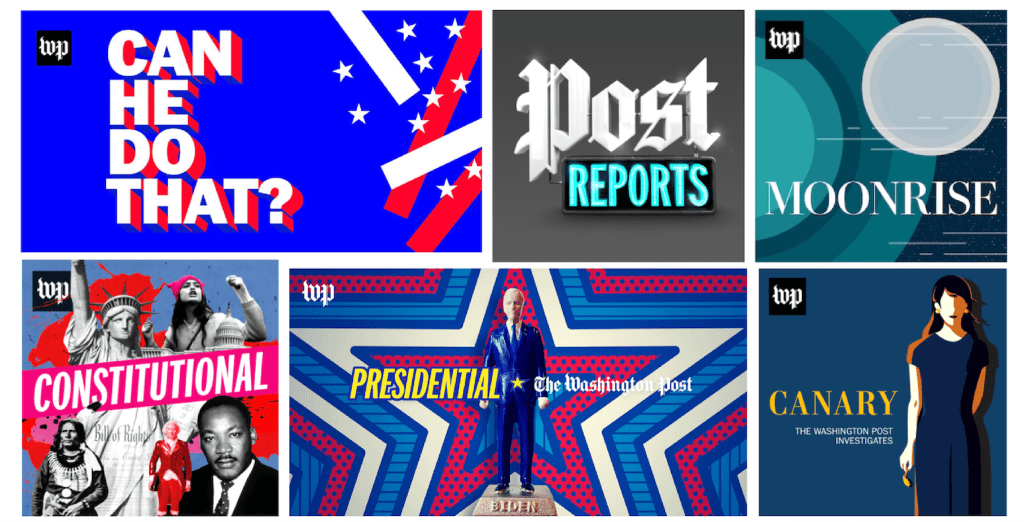
But as access to information becomes ever more democratised, TikTok in particular has faced criticism for the way in which its algorithm allows news – and with that, the potential for misinformation – to circulate. Derek Robertson writes for Politico: “If the knock on the pre-TikTok social media era was that it drove users to reductive conclusions given its lack of moderation, restraints on character count, or algorithmic incentives, those problems are all present here in a more video-forward format.” When anyone can be a reporter, are we all better off for it?
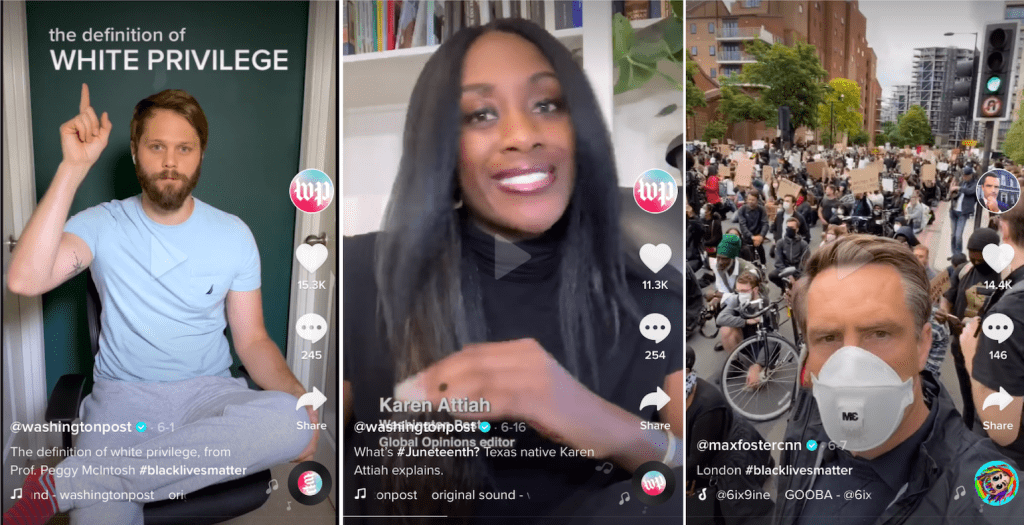
Living in an interconnected world has been – and continues to be – invaluable for news outlets. But there’s also a growing need on their part to discern themselves as a trusted online voice. It means using highlights and headlines to pique an interest without sacrificing the information’s integrity. It means utilising the comment section to moderate the conversation and ensure misinformation doesn’t overshadow facts. A blue tick helps – but that’s another story.
TikTok is just one of the ways media publishers should tell their stories. It’s journalism for a new generation, but old media isn’t going anywhere. So before you hit record, remember: the only thing that’s constant on social is change.
The Washington Post’s pointers for publishers on TikTok:
- Keep the story at the centre of your TikTok. Don’t get lost in trying to make the storyline fit certain trends or audio.
- Know when to draw the line. Not all news stories are comedic opportunities. Your audience will tell you where the line is if instinct doesn’t get there first.
- Stay authentic to you and your brand. If you’re a Financial Times, you don’t need to worry about sounding like a Huffington Post.
- Longform content isn’t going anywhere. Explore different channels for different types of content – like audio and longform video for complex stories and investigative journalism.

